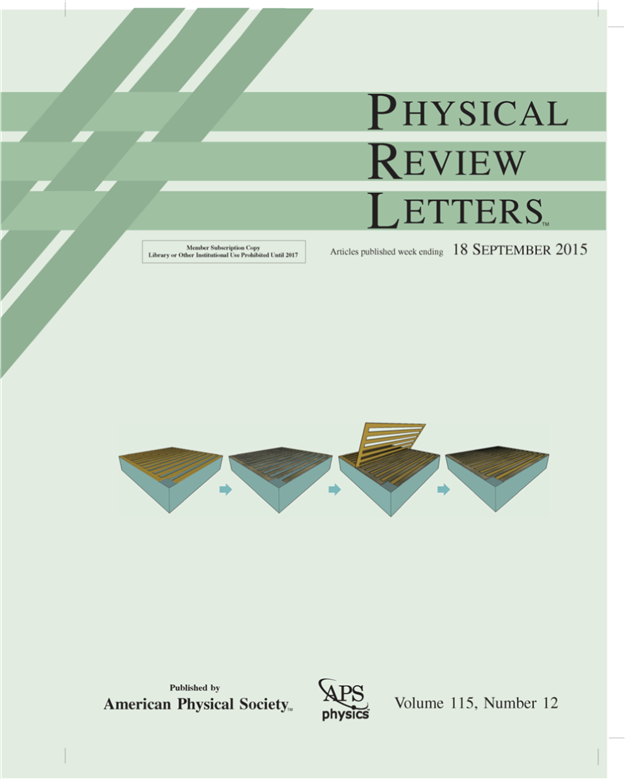- About Ajou
- Admission
- Academics
- Research
-
International
International
- Campus Life
-
News and Event
News and Event
-
AUT
AUT
Ajou News
NEW (2015-10-15) A team led by Ajou's Professor Fabian Rotermund makes a breakthrough in the field of electronic elements
- 2015-10-21
- 25804

A team led by Ajou's Professor Fabian Rotermund makes a breakthrough in the field of electronic elements
2015-10-15
Ajou University's Professor Fabian Rotermund (Department of Energy System Research of the Graduate School; Department of Physics) teamed up with Professor Dai Sik Kim from the Department of Physics & Astronomy at Seoul National University and succeeded in observing a new physical phenomenon by creating atom-sized space. Their findings, which are entitled ‘Electromagnetic Saturation of Angstrom-sized Quantum Barriers at Terahertz Frequencies,’ were published as the front cover paper in the online edition of The Physical Review Letters, dated September 16th .
The research team was the first in the world to succeed in collecting light with a wavelength of millimeters by creating angstrom-sized (one hundred millionth of a centimeter, the size of an atom) space. The team then focused terahertz waves on the space, and discovered a quantum-mechanical phenomenon in which a stronger light results in a lower penetration rate. One angstrom is equivalent to 0.1 nanometers (one billionth of a meter).
The research team said, "Over the last decade, we have reduced the space from the size of millimeters to that of nanometers by trying to focus terahertz waves on a space that is smaller than its wavelength. And, in this research, we succeeded in further decreasing it to 0.1 nanometer – the size of an atom," adding, "It is the first time in the world to focus terahertz waves on one ten millionth of the space of a millimeter."
Terahertz waves are used as a light source in detecting hazardous materials or inspecting products, etc. because they can penetrate materials that visible rays or X-rays cannot break through. Extensive use of terahertz waves requires understanding their features, and the latest discovery by the team is expected to be useful in that regard.
The research team said, "Our findings laid a foundation for angstrom optics which deal with optical phenomena taking place at the level of atoms," adding, "The results will be able to be applied to various fields such as bio chemicals, molecular electronic elements, and optical communications."
The study was conducted as a part of the Basic Research Projects (Support for Leading Researchers), which is carried out by the Ministry of Science, ICT and Future Planning.
